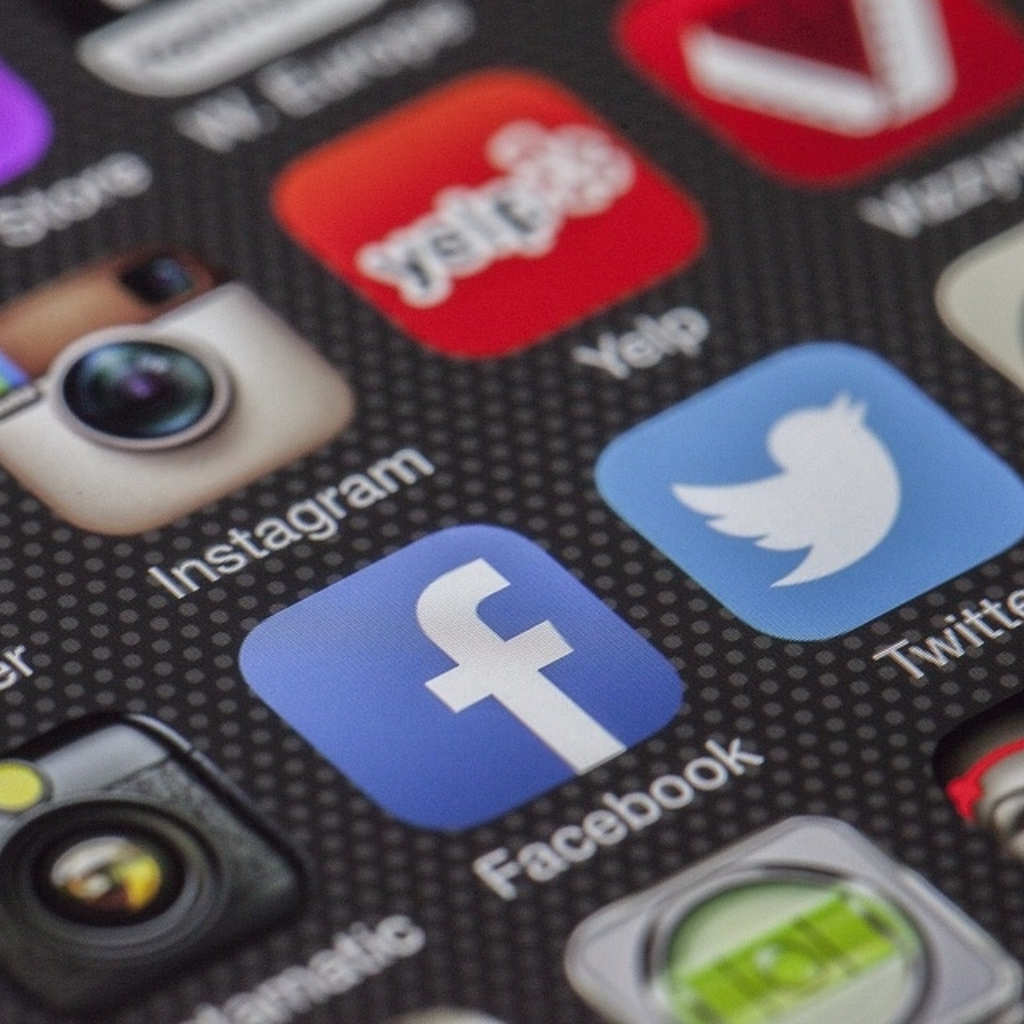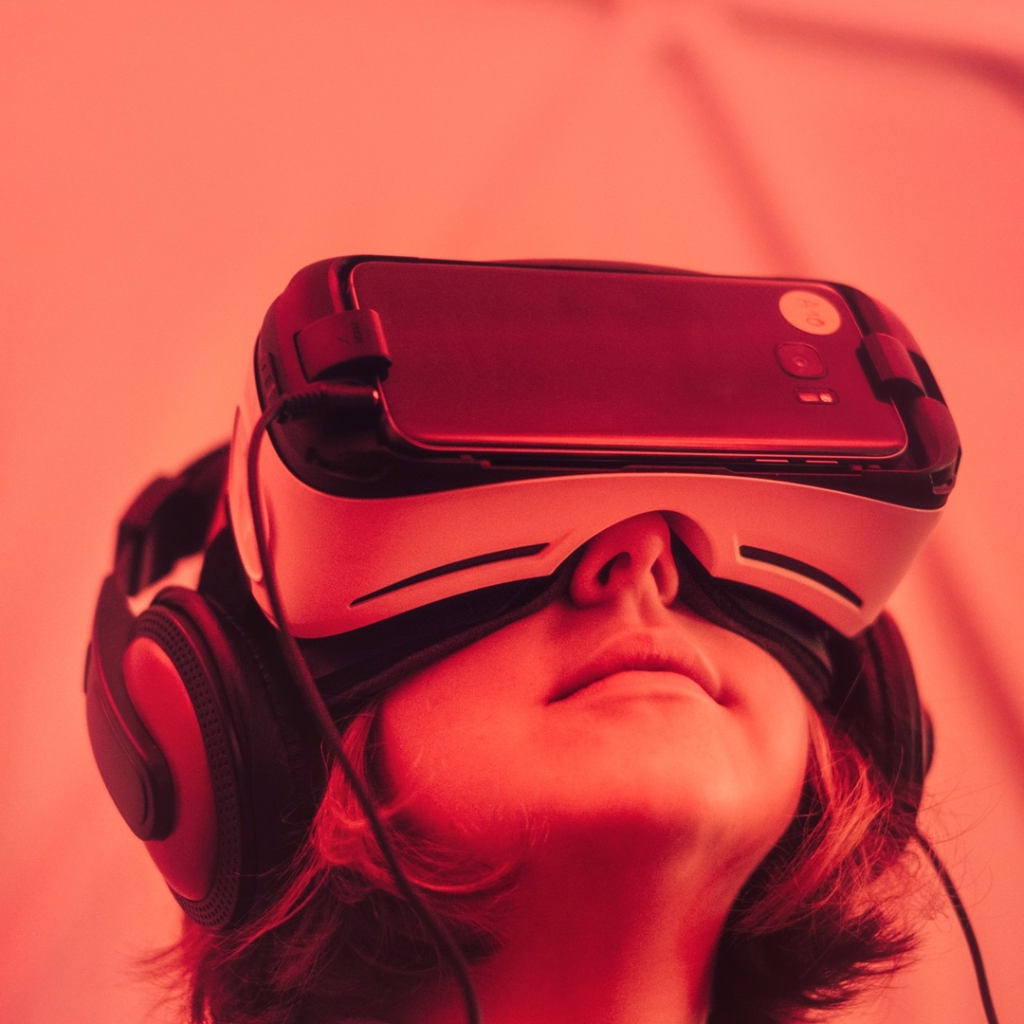
22 July 2025
If you’ve ever been unsure whether a role requires a Disclosure and Barring Service (DBS) […]
Read moreWe use cookies to help you navigate efficiently and perform certain functions. You will find detailed information about all cookies under each consent category below.
The cookies that are categorized as "Necessary" are stored on your browser as they are essential for enabling the basic functionalities of the site. ...
Necessary cookies are required to enable the basic features of this site, such as providing secure log-in or adjusting your consent preferences. These cookies do not store any personally identifiable data.
Functional cookies help perform certain functionalities like sharing the content of the website on social media platforms, collecting feedback, and other third-party features.
Analytical cookies are used to understand how visitors interact with the website. These cookies help provide information on metrics such as the number of visitors, bounce rate, traffic source, etc.
Performance cookies are used to understand and analyze the key performance indexes of the website which helps in delivering a better user experience for the visitors.
Advertisement cookies are used to provide visitors with customized advertisements based on the pages you visited previously and to analyze the effectiveness of the ad campaigns.
01443 799 900
There are currently 7.4 billion people in the world, with 3.6 billion active internet users. Of those 3.6 billion, 2.6 billion are active users on social media with 2.4 billion of those using mobile phones to access their social media accounts. There are currently 4.7 billion mobile phone users, giving social media plenty of room for expansion as more and more people get internet access and update to smart phones capable of accessing social media. By 2020 we could easily see the number of people using social media increase by another billion, giving these companies almost unmatched reach and access to our personal information and daily lives.
Social media networks and their associated apps, webpages, search engines and messaging services are some of the biggest and most popular foundations making up the world-wide web today. Social media has grown in popularity as people and businesses generate huge amounts of content that is constantly updated, viewed, shared and discussed by billions of people all over the world, giving the user an addictive and new method of communication that has never been available before. These platforms encourage repeat visits to news feeds to satisfy the need for the latest information and ensure they have not missed out on any new developments.
During the first “golden-age” of social media during 2005-2011, it was largely seen as a fun and frivolous tool for people to use on their desktop computers to help people stay connected with family and friends, sharing their lives, interests, hobbies and activities with those closest to them. From photos of people’s pets, sports, politics and the latest news, social media has become the first stop for people who want to catch up on current events that can range from what your friend had for dinner to helping influence world-wide issues of the day.

However, the days of sharing dinner plans and baby photos with your followers seem to have fallen out of fashion, with information overload and over-sharing being a major concern of many. Compared to the past where all posts by those you followed were displayed in a most recent first feed, the average status post from a Facebook account now only reaches 12% of your friends, resulting in social media feeds that are full of paid content, products and services instead. By deciding what information its users can see, networks like Facebook and Twitter have decided to make fundamental changes to the services they offer and remove the very reason why most people first signed up for their social media accounts.
While pivoting the behaviour and concept of your business on which your success was built can be a dangerous move to make, social media networks need to ensure they stay relevant, challenging and active, or else end up the next MySpace; a once all conquering social network that failed to change with the times and provide its users with the service, platform and information they needed. Evolving is still not without its risks however. We are entering a pivotal period in the life-cycle of social media platforms that have experienced almost exponential growth in the last ten years. Will users still maintain the same connection, level of use and attachment to networks that are quickly changing to become glorified news channels, rather than places of sharing and friendship that drew billions of users originally?
While social media has been a part of the internet as long ago as 1997 with the Six Degrees platform, it is only recently that it has been properly utilised and exploited by organisations and special interest groups in terms of politics and influence.
 To understand just how powerful social media is, you have to look no further than the recent Arab Spring that spread across the Middle East in early 2011. Powered by social media, anti-government protests, uprisings and armed rebellions spread across entire regions in the Middle East. By using social media, activists were able to strategise protests and share anger at rigged elections, unlawful activities, corruption and abuse of power. While the Arab Spring hasn’t produced the change for lawful democracy that was hoped, it did show the massive influence and power social media would come to have if properly utilised and targeted.
To understand just how powerful social media is, you have to look no further than the recent Arab Spring that spread across the Middle East in early 2011. Powered by social media, anti-government protests, uprisings and armed rebellions spread across entire regions in the Middle East. By using social media, activists were able to strategise protests and share anger at rigged elections, unlawful activities, corruption and abuse of power. While the Arab Spring hasn’t produced the change for lawful democracy that was hoped, it did show the massive influence and power social media would come to have if properly utilised and targeted.
The most obvious recent example of using social media platforms to generate previously unheard of levels of coverage and discussion pertains to the 2016 US election. Donald Trump used his hugely popular Twitter account to promote and connect with his supporters to a level that had never been achieved before. This constant barrage of focused messaging arguably helped swing the election in his favour. By operating outside the traditional confines of the established press and narrative, Trump was able to use this new method of communication to generate a groundswell of support; motivating and emboldening his supporters with a constant stream of comments, thoughts and accusations.
In the UK, the recent Brexit debate was also heavily influenced by social media, with both sides attempting to use their online platforms to influence the outcome of the vote using hashtags and links to supportive content.
When looking at social media platforms, the profits available to those who get it right can be massive. With over 1.6billion monthly active users, Facebook has used the profits such a large user base produce to make key acquisitions to expand its core business, including the hugely popular photo sharing app Instragram for $1billion in 2012. In contrast Twitter has lost billions since launching a decade ago and is still nowhere near being able to generate a profit for investors, losing $520million in 2015 alone due to high running costs, an inability to properly generate advertising income and a limited user base that has struggled with growth.

In contrast, almost every marketer is using Facebook (93%) and Facebook ads (91%) to promote businesses and services due to its massive customer base and reach. Facebook have positioned their platform in such a way that organic reach is almost non-existent with research showing that a Facebook page with 500,000 likes would only have an organic reach as low as 2%. This forces organisations wishing to capitalise on their popularity on Facebook to buy expensive ads and paid visibility in order to connect with interested parties. The reasoning for such low organic reach and the need to charge for businesses comes from the belief that there is so much content being produced, Facebook have to charge in order to ensure that what is being viewed by the customer is relevant to them.
Given their user base and ability to offer targeted marketing, advertisers have had little choice but to submit to Facebook’s terms. For companies that do not produce a product or offer a real-world service, this revenue is their only real source of income and goes some way to explaining how a company like Facebook have now become more valuable than Disney or McDonalds.
Social media has become so prevalent in our everyday lives, that according to a recent Pew Research Center survey, 62% of US adults get at least some of their news from social media, while 33% of 18-24 year olds in the UK cite social media as their main news source. This reliance on social media news is made more meaningful when you factor in what former President Barack Obama termed the “echo chamber effect”. This theory dictates that people will seek out and live in a confirmation bubble within their social media accounts, only hearing opinions and views that support their own, further entrenching and deepening their beliefs on any given subject. This confirmation bias has been proven to be impervious to opinions and views that do not match those of the individual or group, with corrections, counter facts and errors being ignored and derided as “fake-news” by those who have carefully built their position and intend to maintain it regardless of counter opinions.
This behaviour in turn leads to informational cascades within their communities that strengthens their preferred narrative, building an “us vs them” siege mentality that is almost impossible to reason with or change entrenched and supported beliefs. While it is easy to blame social media for supporting and nurturing these kind of factions, they could not exist if established news sources did not generate their specific world view content in the first place.
While the younger millennial generation may get most of their news from the social platform, it is the older baby-boomer generation that are most likely to see political content that supports their existing views with 31% only paying attention to posts that create further confirmation bias and limiting exposure to opposing views. With the older generation voting in record numbers and in opposition to the more progressive younger vote, it is easy to see how recent success in the polls for Trump and Vote Leave were so successful, despite consensus predicting their failure. Being able to block, mute or unfriend anyone or anything that does not match your worldview is an incredibly powerful tool and one that adds to the rise in popularity of ideologies that were until recently, thought to be only popular amongst a small fringe percentage of the population, such as anti-immigrant sentiment, xenophobia and in many cases, open racism.
Moving into the near future, wearable technology is set to change the social media landscape significantly. Currently many people own at least one wearable device such as a Fit-Bit or smart watch. By 2020 it is estimated the average consumer will own as many as eight. This wearable technology will monitor and record everything from your commute to work to your heart rate and provide an ever-deeper bond between people and social media, increasing engagement and connectivity.

As well as run of the mill fitness monitoring devices, in the near future augmented reality (AR) and virtual reality (VR) will play a big part in people’s personal and work lives, making the connection between technology and social media an integrated event. Bloomberg recently reported that the global market for AR products will rise to $165 billion by 2024. The need to be at the forefront of this new technology and the profits potentially available can be seen by the recent purchase of the Oculus Rift virtual reality company by Facebook for $2billion as they attempt to future proof their company and remain on the cutting edge of technology and user experiences. The possibilities of what can be achieved with VR and AR are almost limitless. From transporting users to far away sporting events to letting them participate in simulated warfare games from the safety and comfort of their own home, by investing in this technology at a relatively early stage, Facebook hopes that it will become a future VR tech hub that will expand their user base, bringing in a whole new audience willing to spend big for the latest advances in technology and user experience.
As well as AR and VR, Facebook has also attempted to encroach on Google’s traditionally dominant and complete control of the search engine sector. While Facebook has not yet manged to reach the level of Google’s 3.5 billion searches per day, it has reached a very respectable 1.5 billion – 2 billion searches per day on its platform. This is a concerted attempt to “ring-fence” users on Facebook, offering services such as search, social media, shopping and messaging (through their Facebook messenger and Whatsapp messaging services) so that customers will have no reason to leave their platform and potentially spend money elsewhere. An enclosed environment that can offer all these services is ultimately the final goal of the big tech companies online.
In an attempt to expand their business interests, social networks are now also experimenting with live video. As internet connection speeds increase and demand raises, video content represents the next big catchment for revenue generation. Many of the biggest social media sites have live video services such as “Twitter Periscope” and “Facebook Live” that allow people to broadcast content to their followers. As an extension of this, several social sites such as Facebook, YouTube and Snapchat are looking into creating more structured TV like original content. With access to billions of potential viewers, any successful content produced could in theory become the most watched TV show of all time overnight and provides massive ad revenue.
With the ever-increasing popularity of mobile phones and the prevalence of new technology in the AR, VR and wearable sectors; social media platforms will continue to be a central aspect of online life and continue to play a big part of the internet in the future. As the platforms evolve and develop to maximise profit from their users, we will see an eventual phasing out of the simple and traditional sharing of statuses and personal information that has defined social media in the last decade. Social media platforms will instead become a “do everything” service for online searches, activities and entertainment.
While Facebook is the obvious leader of the pack and has the ability to generate big profits, other networks like Twitter will struggle to maintain their current position and viability. In the ten years it has been in existence, Twitter has never managed to turn a profit – losing $2 billion since 2011 alone. With no real competition from Google Plus and the Microsoft owned LinkedIn only focusing on employment networking services, it is hard to see just how anyone can compete with Facebook as a social media platform.
Facebook’s attempts to ensure that it makes the most of its position and current success by expanding its core services will put it into direct competition with the likes of YouTube, Amazon and Netflix. In the social media sphere, Facebook has had it relatively easy with MySpace imploding, Twitter struggling, Google Plus remaining anonymous and Instagram being acquired by Facebook. Trying to compete with the real titans of the internet is a much bigger and more difficult test. These companies have equally large user bases and no shortage of funds needed to compete directly with Facebook, creating a situation in which Facebook may find itself out of its depth and unable to compete to the same level with these new rivals and presenting the first major setback for the Silicon Valley giant

22 July 2025
If you’ve ever been unsure whether a role requires a Disclosure and Barring Service (DBS) […]
Read more
22 May 2025
In an age where trust is everything, the integrity of your people isn’t just a […]
Read more
25 September 2024
Complete Background Screening (CBS) goes through rigorous processes to secure accreditations that validate our commitment […]
Read more